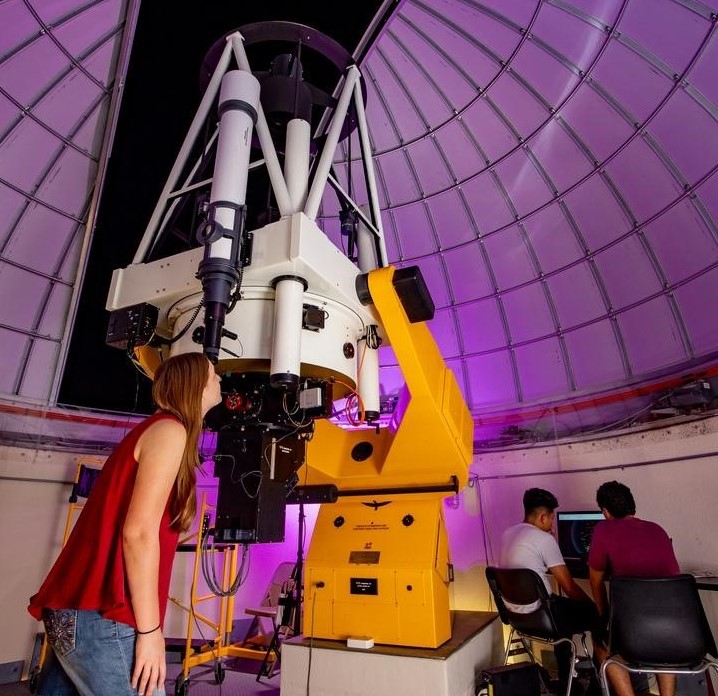Document Type
Article
Publication Title
The Astronomical Journal
Abstract
We imaged comet 10P/Tempel 2 on 32 nights from 1999 April through 2000 March. R-band light curves were obtained on 11 of these nights from 1999 April through 1999 June, prior to both the onset of significant coma activity and perihelion. Phasing of the data yields a double-peaked light curve and indicates a nucleus rotational period of 8.941 ± 0.002 hr with a peak-to-peak amplitude of ∼0.75 mag. Our data are sufficient to rule out all other possible double-peaked solutions as well as the single- and triple-peaked solutions. This rotation period agrees with one of five possible solutions found in post-perihelion data from 1994 by Mueller and Ferrin (Icarus, 123, 463-477) and unambiguously eliminates their remaining four solutions. We applied our same techniques to published light curves from 1988 which were obtained at an equivalent orbital position and viewing geometry as in 1999.We found a rotation period of 8.932 ± 0.001 hr in 1988, consistent with the findings of previous authors and incompatible with our 1999 solution. This reveals that Tempel 2 spun-down by ∼32 s between 1988 and 1999 (two intervening perihelion passages). If the spin-down is due to a systematic torque, then the rotation period prior to perihelion during the 2010 apparition is expected to be an additional 32 s longer than in 1999.
DOI
10.1088/0004-6256/141/1/2
Publication Date
1-2011
Recommended Citation
Knight, Matthew M.; Farnham, Tony L.; Schleicher, David G.; and Schwieterman, Edward W., "The Increasing Rotation Period Of Comet 10P/Tempel 2" (2011). Aerospace, Physics, and Space Science Faculty Publications. 193.
https://repository.fit.edu/apss_faculty/193


